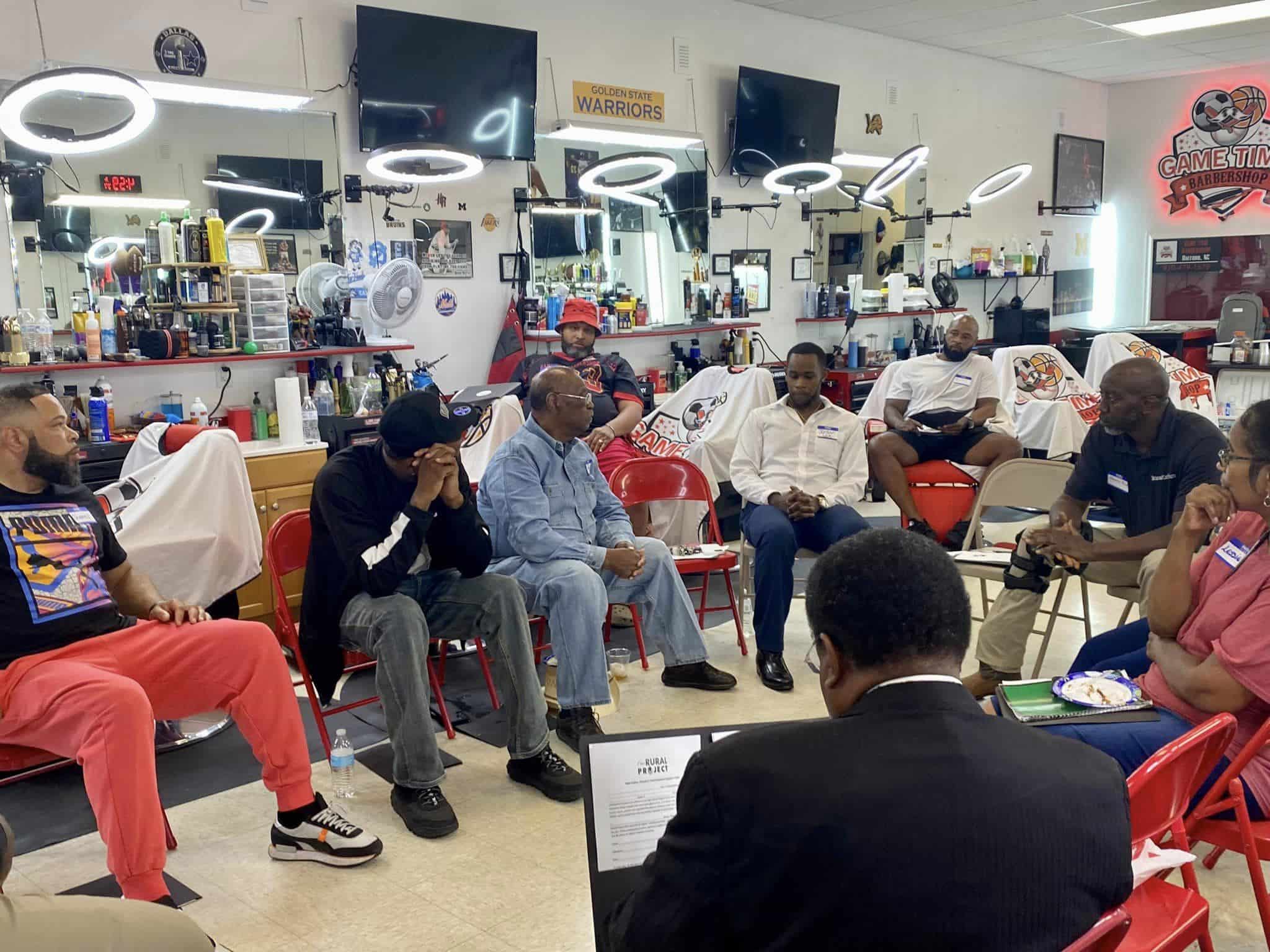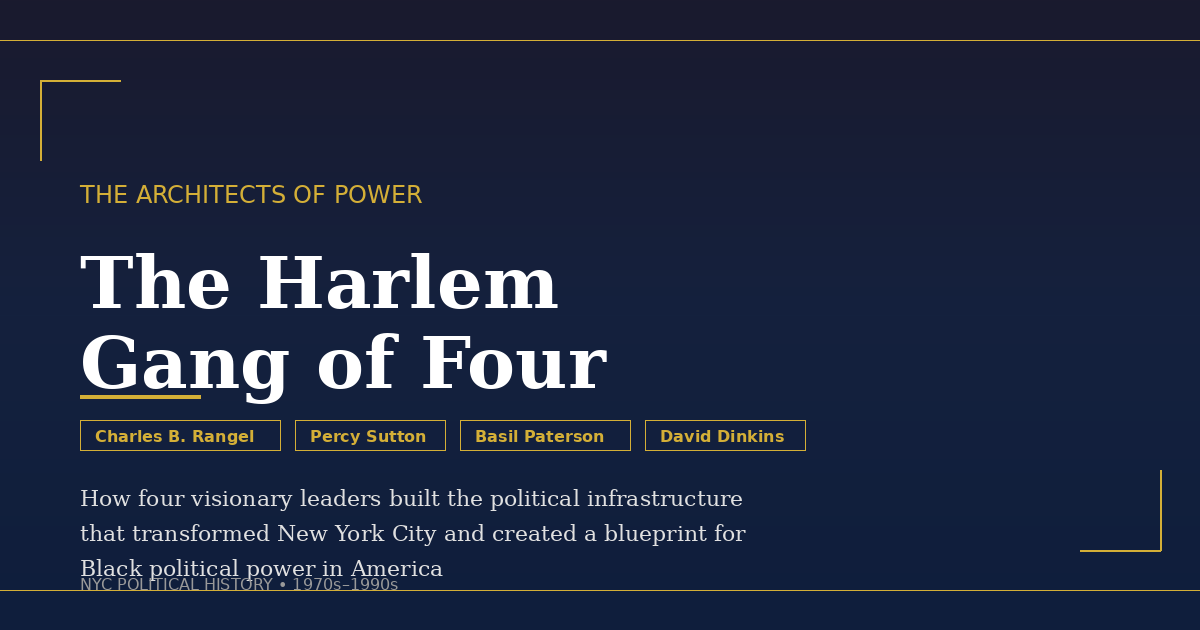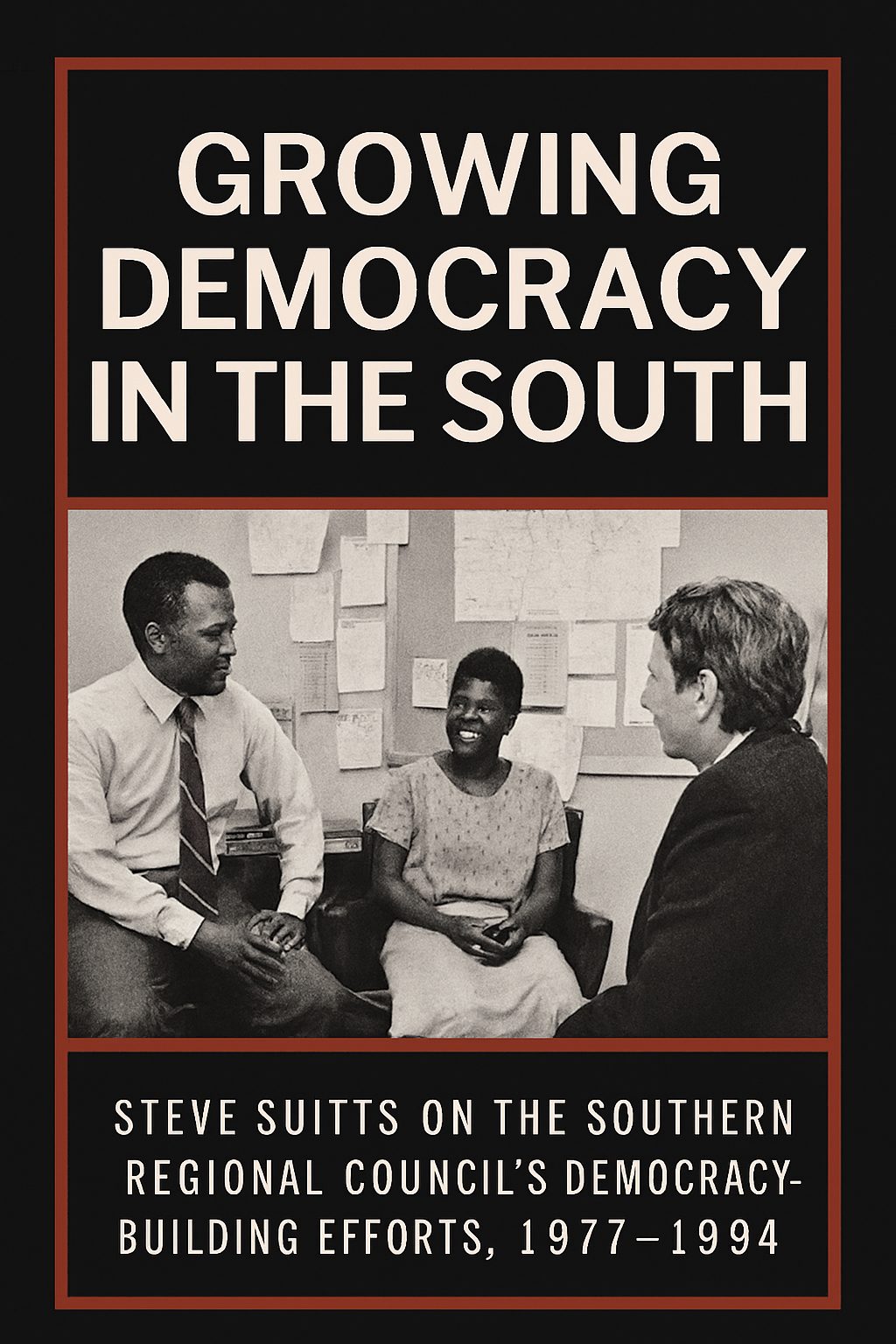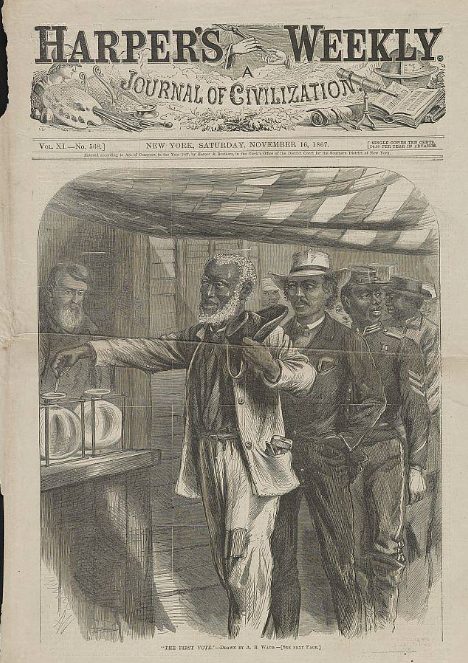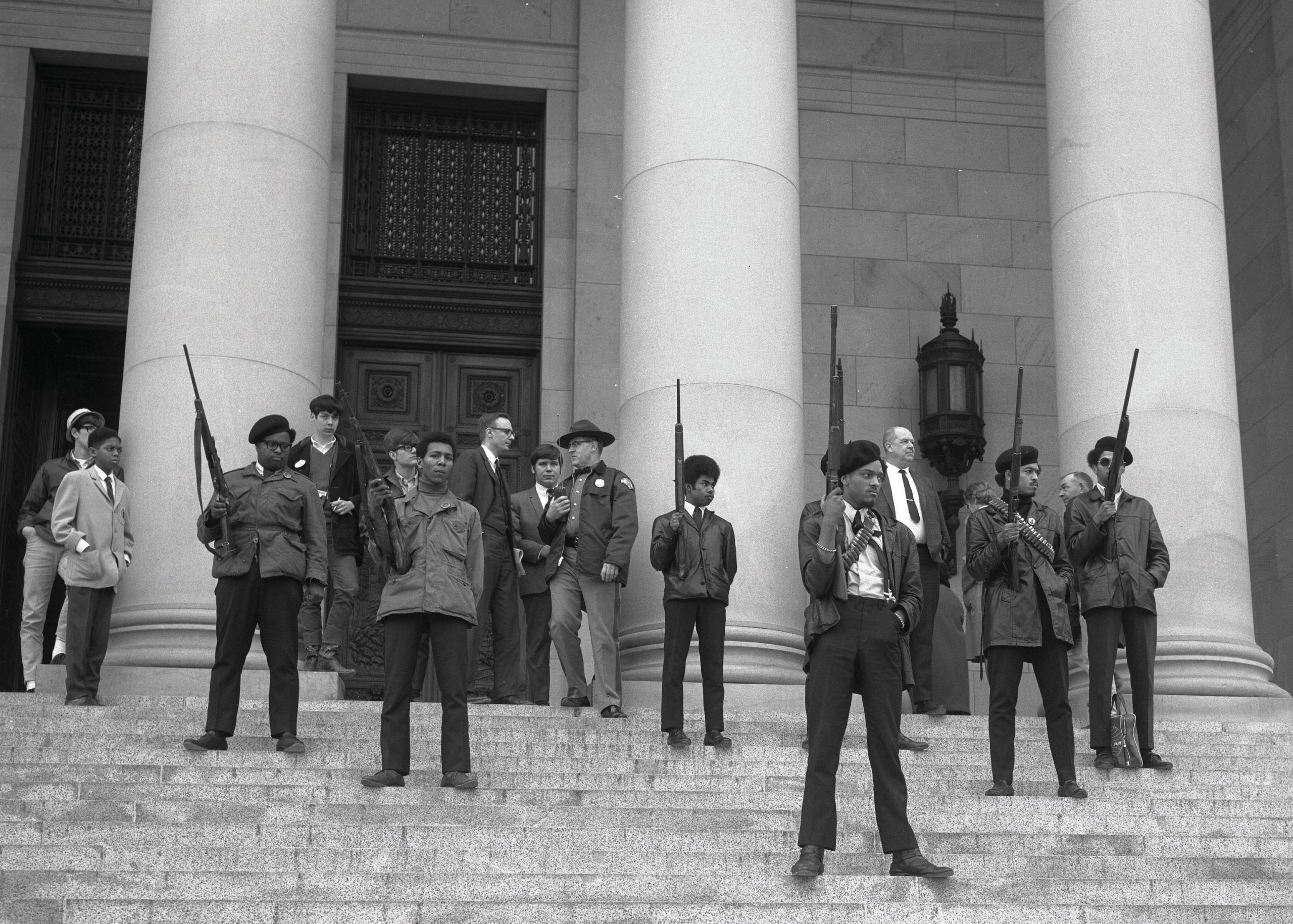
http://www.youtube.com/watch?v=ftb1Cf03-OE
The Origins of the Black Panther Party: History, Facts, Goals, Platform (2006)
David Hilliard (born May 15, 1942) was a member of the Black Panther Party. He was Chief of Staff in the party. He is currently a visiting instructor at the University of New Mexico.
Hilliard was convicted on two counts of assault with a deadly weapon for his part in a 1968 ambush of the Oakland Police in retribution for the assassination of Martin Luther King. The April 6, 1968 ambush resulted in the death of Panther Bobby Hutton and the capture of Panther Eldridge Cleaver, who masterminded the botched operation. In July 1971, Hilliard was sentenced to one to ten years and incarcerated at Vacaville Prison. In January 1973 while serving a sentence of six months to 10 years, he was denied parole.
In his autobiography Revolutionary Suicide, Huey P. Newton claimed the district attorney of Alameda County was attempting to send Hilliard to prison on “trumped up charges”. With Fredrika Newton, Hilliard later formed the Dr. Huey P. Newton Foundation.
https://en.wikipedia.org/wiki/David_Hilliard
Black Panther Party History
The Black Panther Party history or BPP (originally the Black Panther Party for Self-Defense) is that of a revolutionary black nationalist and socialist organization[1][2] active in the United States from 1966 until 1982, with its only international chapter operating in Algeria from 1969 until 1972.[3]
At its inception in October 1966, the Black Panther Party’s core practice was its armed citizens’ patrols to monitor the behavior of police officers and challenge police brutality in Oakland, California. In 1969, community social programs became a core activity of party members.[4] The Black Panther Party instituted a variety of community social programs, most extensively the Free Breakfast for Children Programs, and community health clinics.[5][6][7]
Federal Bureau of Investigation Director J. Edgar Hoover called the Black Panther Party “the greatest threat to the internal security of the country”,[8] and he supervised an extensive program (COINTELPRO) of surveillance, infiltration, perjury, police harassment, and many other tactics designed to undermine Panther leadership, incriminate party members, discredit and criminalize the Party, and drain the organization of resources and manpower. The program was also accused of using assassination against Black Panther members.[9][10][11][12]
Government oppression initially contributed to the growth of the party as killings and arrests of Panthers increased support for the party within the black community and on the broad political left, both of whom valued the Panthers as powerful force opposed to de facto segregation and the military draft. Black Panther Party membership reached a peak in 1970, with offices in 68 cities and thousands of members, then suffered a series of contractions. After being vilified by the mainstream press, public support for the party waned, and the group became more isolated.[13] In-fighting among Party leadership, caused largely by the FBI’s COINTELPRO operation, led to expulsions and defections that decimated the membership.[14] Popular support for the Party declined further after reports appeared detailing the group’s involvement in illegal activities such as drug dealing and extortion schemes directed against Oakland merchants.[15] By 1972 most Panther activity centered on the national headquarters and a school in Oakland, where the party continued to influence local politics. Party contractions continued throughout the 1970s. By 1980 the Black Panther Party had just 27 members.[16]
The Black Panther Party history is controversial, in the eyes of some. Scholars have characterized the Black Panther Party as the most influential black movement organization of the late 1960s, and “the strongest link between the domestic Black Liberation Struggle and global opponents of American imperialism”.[17] Other commentators have described the Black Panther Party history as more criminal than political, characterized by “defiant posturing over substance”.




